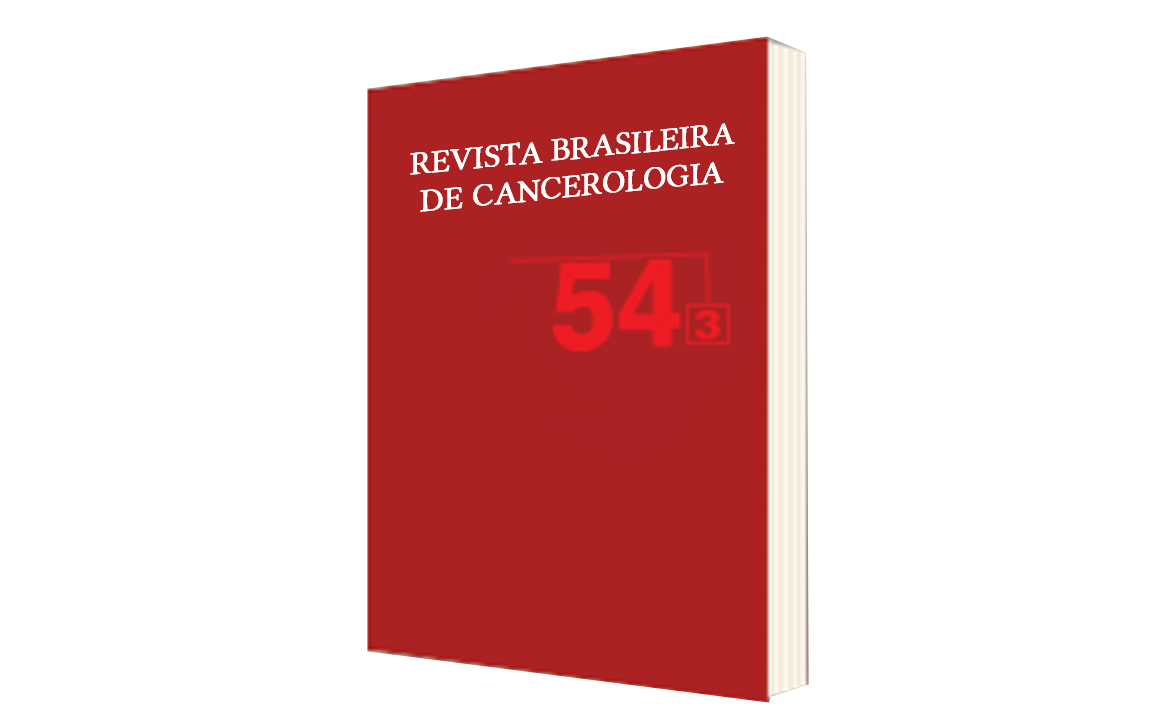The Digiti Quinti Sign, Souques’ Interosseous Phenomenon, and Pronator Drift Test as Subtle Motor Signs in Patients with Monohemispheric Brain Tumor
DOI:
https://doi.org/10.32635/2176-9745.RBC.2008v54n3.1719Keywords:
Brain neoplasms, Pyramidal tracts, Muscle weakness, Physical therapy (Specialty)Abstract
This was a prospective blinded study on the sensitivity and specificity of the digiti quinti sign, Souques' interosseous phenomenon, and pronator drift test as subtle motor signs in patients with monohemispheric brain tumor. Of 71 patients, 57 had radiological confirmation of cerebral lesions, and 14 individuals had normal cerebral imaging. The digiti quinti sign and Souques' interosseous phenomenon showed the same sensitivity (31.5%). The pronator drift test showed the lowest sensitivity (12.2%). The combination of the three tests was positive in 49.1% of the patients.
Downloads
Download data is not yet available.
Downloads
Published
2008-09-30
How to Cite
1.
Maranhão ET, Maranhão-Filho P, Lima MA. The Digiti Quinti Sign, Souques’ Interosseous Phenomenon, and Pronator Drift Test as Subtle Motor Signs in Patients with Monohemispheric Brain Tumor. Rev. Bras. Cancerol. [Internet]. 2008 Sep. 30 [cited 2025 Dec. 15];54(3):227-30. Available from: https://rbc.inca.gov.br/index.php/revista/article/view/1719
Issue
Section
ORIGINAL ARTICLE










